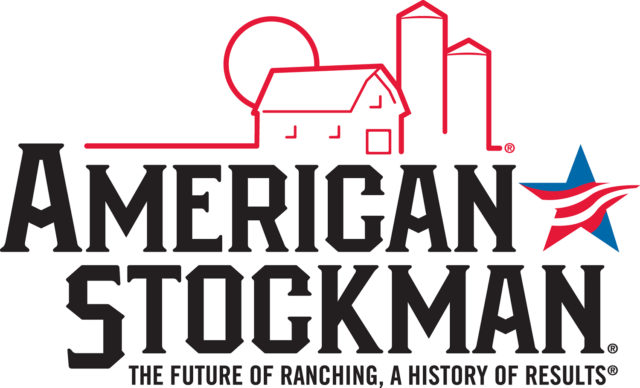As spring finally arrives, it’s time to start thinking about spring turnout and grazing management. Because rangelands play such a large role in productivity and profitability for many ranchers, it is important to make sure proper grazing management strategies are implemented in order to maintain rangeland health and sustainability. Partnering with your public land agency is also important to develop a mutually beneficial grazing management plan on your allotment. Furthermore, grazing management plans should be evaluated each year prior to the grazing season and be adjusted to fit the current resources, climate conditions, and objectives and goals.
Evaluate your resources. For each pasture (both private and public land), determine:
- The size of each pasture
- Current and past conditions of the rangelands
- Types of available forages
- Total expected annual forage production per acre
- Average nutritional value of forages
- Threats to the landscape (invasive annual grasses and weeds, conifer encroachment, etc.)
- Presence of poisonous plants
- Annual precipitation
Understanding the state of your rangelands is key to good management. For example, the most essential vegetation in a sagebrush-steppe ecosystem are large perennial bunchgrasses. When in a healthy condition, these grasses have deep roots that stabilize soils and combat invasive species. If you are seeing a shift away from bunchgrass toward an abundance of cheatgrass, you know you need to adapt your management in an attempt to reduce the cheatgrass and encourage perennial grass establishment.
Additionally, available forages may vary in the timing of their peak growth, such as cool-season or warm-season grasses. There may also be types of forages that make up a portion of the total annual forage production that have low nutritional quality, or low palatability, and may not be suitable to include when evaluating resources for livestock. Take into consideration annual precipitation each year and how it affects annual forage production.
From this information, animal unit months (AUMs) can be calculated to fit available forage in each pasture, allowing you to make informed decisions about the number of animals a unit can support, at what time of the season and for what duration.
Set grazing objectives. Goals for your rangelands, which may be different among pastures, may involve animal production, rangeland health, reduction of invasive annual grasses or weeds, pasture dispersion, etc. Often, there will be more than one objective for grazing and may also include short-range or long-range goals. In order to set appropriate grazing management objectives for each pasture, it is important to assess the past and current condition of the range and how you want it to look at the end of the current grazing season, in five years or even in 25 years. These objectives will help drive your grazing management strategy.
Develop a grazing schedule. A grazing schedule can be developed from the information on available resources, AUM calculations and the grazing objectives defined for each pasture. Consider ease of management and vegetation growth stages for each pasture, as well as any rotational management strategies you may want to include, such as a rest-rotational or deferred-rotational strategy. Use strategies that provide quality feed for livestock while considering the best timing, duration and intensity of grazing for vegetation regrowth and overall ecosystem health to promote the best forage availability year after year. Finally, include some flexibility to change your grazing schedule in case of drought, fire or other challenges.
Develop a monitoring plan. The last step to developing a grazing management plan is to decide how you will monitor whether you are achieving your objectives. While taking detailed measurements of vegetation in your pastures is never a bad thing, the monitoring I am suggesting is more in line with keeping track of relevant information, such as duration, frequency and timing of grazing; type of animals (yearlings versus cow-calf pairs); grazing utilization; wildlife use and human activities that may affect forage availability (i.e., camping).
For example, keep track of grazing utilization throughout the season so you can make adjustments as needed, especially in areas susceptible to heavy grazing use. If available forage is being depleted more quickly than expected (in the case of low precipitation or heavy use by wildlife, for example), or if there is more available forage than expected (such as in the case of heavy spring rainfall), then the duration of grazing can be adjusted to fit circumstances. Furthermore, monitoring how well goals are being met can help you more readily achieve both short-term and long-term goals through adaptive management.
Plan for the future. Consider the improvements you already have in each pasture and determine how well they are working in your favor. For example, if you only have one water source for your cattle within a pasture, would it help with pasture dispersion to add a second water source? Would your pasture dispersion be benefitted by adding a fence somewhere? How can you better utilize the forages available for your livestock? In what ways can you improve areas that have traditionally been a challenge?
Work with your range management specialist (RMS). Developing a clear and feasible grazing management plan will help ensure you are meeting your own objectives and those set in your grazing permit by your public lands management agencies. By sharing the grazing management plan with your RMS, you are making them aware of the time you have already spent thinking about it, the time you plan to spend to make sure it is working and giving them some information they can use down the road to help you. Keeping an open line of communication each year about what you are doing in your allotment(s), what you would like to do and the things they can do to help you will give you a better chance of getting those things when it comes time for permit renewal.
Remember, the key to any good management plan is good record keeping. Having reliable past records allows for easy adjustment of your management plan to best fit the upcoming season. With any luck, having detailed records and an annual grazing management plan will result in smooth sailing for the grazing season. Happy grazing!









